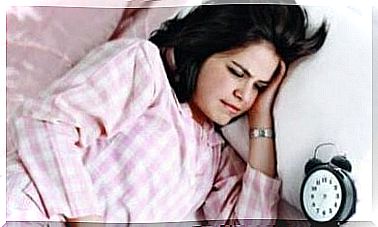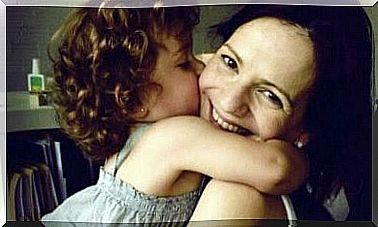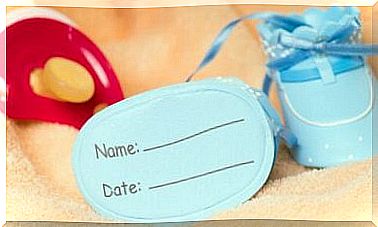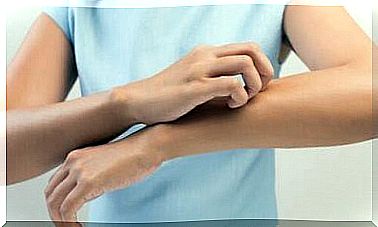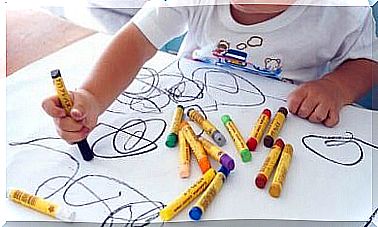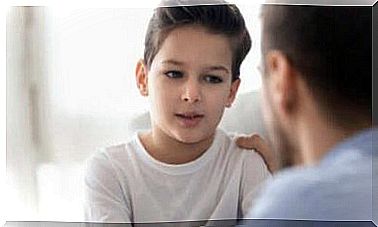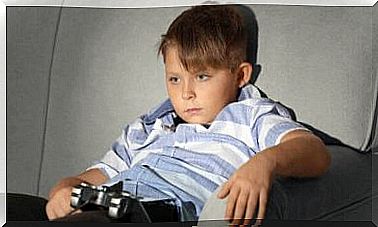Psoriasis In Children: What It Is And How Children Are Affected
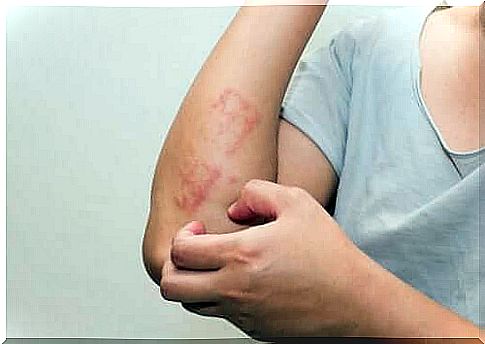
Although psoriasis is a disease that normally occurs in adults, it also affects children. What do you need to know about psoriasis in children? We’ll tell you here.
If your child has a red and silvery spot on the skin, it may be a sign of psoriasis. Other symptoms include pain and itching.
The first thing you should know about this disease is that it is not contagious. Therefore, you do not need to separate your child from the rest of the family or from friends.
But even if the disease is not contagious, others may still find it disgusting to see. Therefore, it is both mentally and emotionally important to treat your child.
What is psoriasis?
Psoriasis is a chronic skin disease that is linked to the immune system. Although not contagious, it can be hereditary.
The skin becomes inflamed, and dne becomes reddish with greyish scales that grow a little at a time.
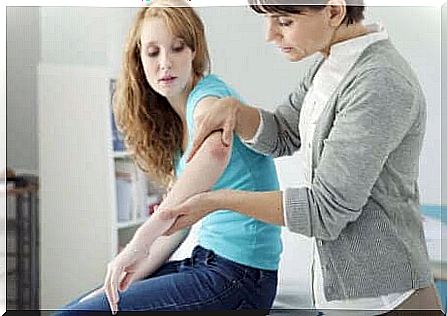
Areas affected by psoriasis
The scales can be of different sizes. Therefore, your child may have psoriasis in a small area and no one may notice anything, but it can also affect a large part of the body.
The most common areas where the disease occurs are:
- Scalp; most often with hair loss in the affected area.
- The face: mainly on the cheeks and jaw.
- Elbows and knees.
- Nails.
In addition, psoriasis can appear on other parts of the body. In children, psoriasis usually looks like a spot.
What causes psoriasis in children?
It is still not certain why psoriasis occurs in children, but it is known that it has a strong link to the immune system.
This is because the T lymphocytes, whose job is to protect the body, attack the skin. They treat the skin as if it had a wound or an infection.
This causes the skin cells to change rapidly, and the result is scales on the skin. Some possible reasons are:
Stress
Despite their young age, children can suffer from stress for various reasons. It could be due to their relationships with classmates or siblings, school or sports, or some other reason.
Cold
Intense cold can also cause psoriasis in children. This is because young children tend to stay more indoors when it is cold. They are thus not exposed to the sun, which is a good way to control psoriasis.
Genes inherited from parents
Although it is not completely proven that the disease can be inherited from parents, there are some important statistics. If you suffer from this disease, the risk of your child also being affected is 50% higher.
Skin irritations
If your child has had burns, received wounds during play, been torn by animals or had other rashes, you must be very careful. All of these skin irritations increase the risk that your child may develop psoriasis.

How to cure psoriasis in children
Unfortunately, there is currently no cure for psoriasis. It is a chronic disease that can go away and come back when you least expect it. But do not worry: there are many treatments that will help you keep the disease under control.
Here are some of the treatment methods:
- If the psoriasis is quite mild, you can use emollient creams or oat baths. These help relieve the itching and irritation. These methods are great for babies.
- Exposure to sunlight is very important to relieve psoriasis. But be careful, too much sun can actually make it worse.
- Light treatment. With this treatment, your child gets artificial light along with antibiotics to get rid of the bacteria faster.
Remember: You need to support your child so that he or she can develop good self-esteem. In addition, you need to help your child learn to live with this disease.
It is also important to do as the doctors say; it makes it easier to fight the disease.
